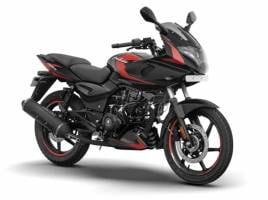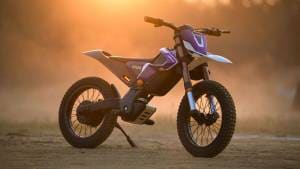The Importance of riding gear
Riding gear is as important as your life itself, it is the only thing that can protect you during an unfortunate accident and save you from the impact. Rohit had a very interesting chat with Vivek Jaisingh from Performance Racing regarding the importance of riding gear.
Keep an eye on the OVERDRIVE Instagram and Facebook pages for more of these live chats. These chats are about the automotive industry, maintenance of your vehicle, tips on improving your riding and a lot more. Here is a small summary of today's chat about riding gear.
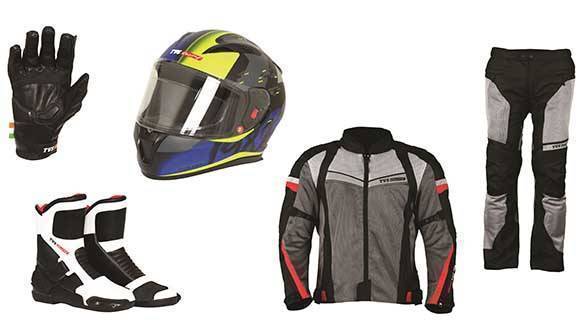
What is safety gear?
Usually, it consists of a helmet, pair of gloves, pants, jacket and boots. These protect you from injury and keep you safe in case of an untoward accident. Now, the question is why not a normal jacket or normal pants or basic shoes? Why does one need specialised equipment? Answer to that is, these apparels are designed for impact, you get knuckle protectors in a proper riding glove, there are elbow guard, knee guard and back protectors that ensure your safety in case you fall.
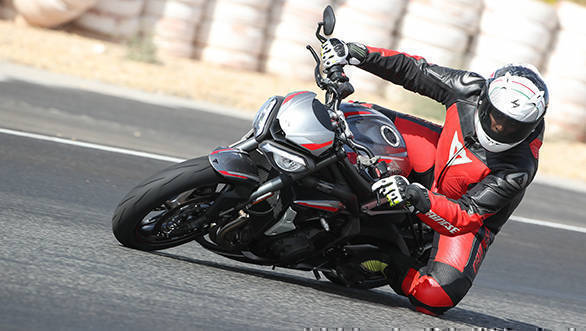
Types of riding gear
In broad terms, these can be segregated into three categories street, touring and track. The street-focussed gear is more about comfort and less about safety, it will have more ventilation and comfort as compared to the safety parameter.
The touring gear will have more resistance against external factors such as dust, rain and overall durability. It will focus on distance touring along with comfort and protection. The track-focussed gear is the most protective equipment out there. It is designed to brace the impact in the best way possible, it does not focus on comfort but it will protect you from injuries.
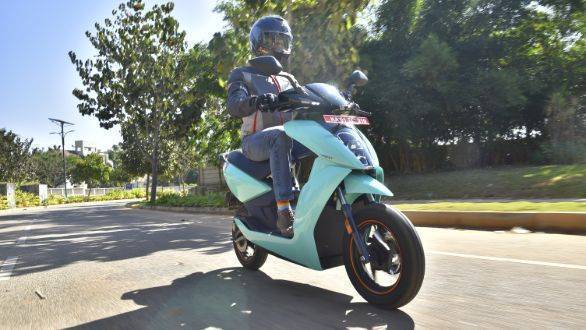
Which is the best type of gear suited for you?
Most of it comes down to your style and kind of riding. If you are a city commuter and riding within city limits is what you mostly intend to do, then the best suited protective gear would be street-based. More comfort and ventilation for the busy city runs.
If you are into those long weekend rides and longer holiday distance touring, then you would benefit more from the touring specialised gear which is more resistant to dust, dirt and rain. And if you are a track junkie, a full suit with gauntlet glove and full-length boots will serve you best. A helmet is standard for all kinds of riding, you cannot compromise on that, be it on the track or going out to buy groceries.

What is the best fit?
If and when you fall off a bike, you need all the equipment that you have invested in to do its job and that is to protect you from the impact. You don't fall into a stationary position, but you glide into it and if the pads underneath your jacket or gloves are displaced, then you are vulnerable to injury despite wearing the gear. Hence, ensuring a snug fit is best for the protective pads to remain at its place during the time of impact.
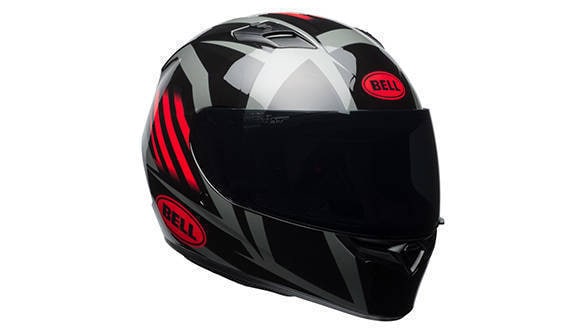
Helmet and its sizes
Mostly, riders opt for a helmet that matches the colour of the bike because everybody wants to look good while they are riding. Parameters like size, shape, level of safety, Styrofoam density are rarely given the required attention. There are three sizes available intermediate oval, oval and long oval.
The best way to buy a helmet would be to go to the store and try it on to see if it fits. As mentioned above, a snug fit is best for helmets as well, not too tight that it becomes uncomfortable or almost choking. But, perfectly in sync with head movements with a little breathing room. It should not wiggle when you turn your head. Lastly, invest in your helmet like you would invest in yourself.
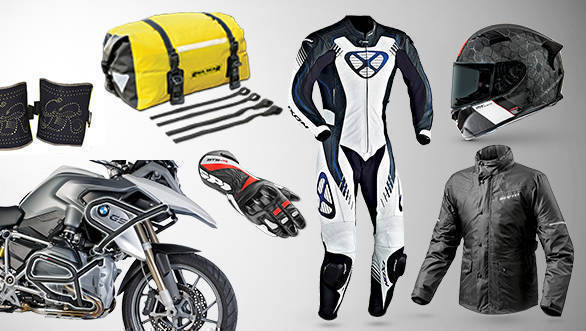
Expiry of riding gear
It matters a lot as to how you use it and how you maintain it after usage. Ideally, helmets, gloves and jackets should not be used again after it has gone through a major impact. But, if you haven't been in an accident and you take care of your gear then it can go a long way. A riding jacket can last up to three years, make sure that the protective pads are in place and the stitching around it is not damaged.
The same tenure is applicable for boots and pants, as long as they are maintained properly. A helmet can last for five to seven years if you haven't been crashing and if you take care of your helmet properly. A full-length rider jacket can also last the same amount of time, provided it is handled with the right amount of care and maintenance.
These points sum up the importance of riding gear and if you already have a starter riding kit and have been thinking about upgrading but confused about where to begin, then well, the expert says that you should always begin with your helmet.
